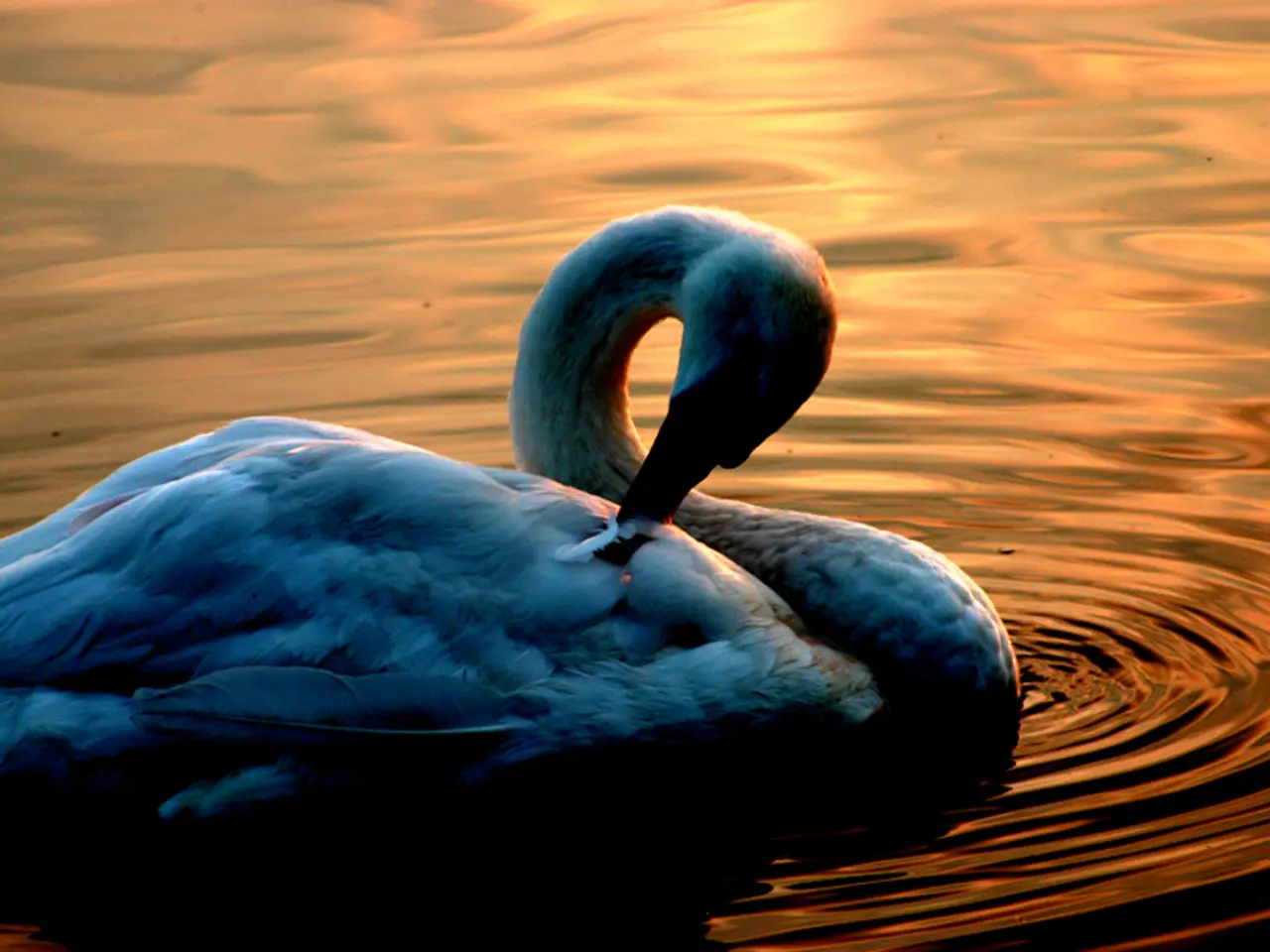Exploring Physics Themes Rooted in Nature for Astonishment: 7 Innovative Learning Methods
In the pursuit of understanding the fundamental principles of physics, one need not look further than nature itself. Here are some fascinating ways to delve into the world of physics using everyday observations and simple experiments.
Fluid Dynamics
The flow of honey and tree sap offers excellent examples of viscosity, a property that affects the flow of fluids. Observe how these substances move at a slower pace compared to water, demonstrating the impact of viscosity on fluid dynamics.
Acoustic Physics
Nature provides a cost-effective laboratory for acoustic physics. Listening to bird songs and natural echoes offers opportunities to explore sound waves and their characteristics. By detecting pitch changes as you move towards and away from singing birds, you can witness the Doppler effect in action.
Wave Physics
The ocean serves as a wave laboratory, where you can observe wave speed calculations by tracking foam or debris riding wave crests. Moreover, wavelength identification becomes visible by measuring distances between consecutive wave crests.
Thermodynamics
Weather systems provide the perfect outdoor classroom for exploring thermodynamics principles. Documenting temperature effects on sound speed can be done by conducting the same echo tests during different times of day when air temperatures vary significantly.
Mechanics
Gravity offers opportunities for hands-on physics exploration with natural objects. For instance, measuring fall times for dense objects can be used to calculate gravitational acceleration. Trajectory paths of thrown objects can be used to study projectile motion's curved trajectories.
Optics
Rainbow formation demonstrates light refraction and dispersion, while observing laminar and turbulent flow in streams can shed light on fluid dynamics principles.
Electromagnetism
Understanding magnetic declination, the difference between magnetic north and true north, can be done by comparing compass readings with the North Star's position or using a GPS. Creating a compass using magnetized sewing needles and water allows for real-time observation of magnetic alignment with Earth's magnetic field lines.
Wave Interference
Destructive interference produces calm patches where opposing waves cancel each other out, while constructive interference creates large waves when two wave systems combine their energies.
Sound
Comparing pitch variations within a single bird's song can be done by timing intervals between notes and measuring frequency changes. Creating simple frequency charts showing how different bird species occupy distinct acoustic niches in local ecosystems is also possible.
Hydraulics
Stream narrowing increases water speed and decreases pressure, creating suction effects around constricted channels. Testing sound reflection can be done by clapping near buildings, cliffs, or large trees and timing the echo return to calculate distance.
Atmospheric Physics
Thunderstorms showcase energy conservation principles through multiple transformations of thermal, kinetic, and electrical energy. Observing how vegetation affects sound transmission can be done by comparing bird call clarity in dense forests versus open fields.
Wave Speed Calculations
Wave speed calculations happen naturally when tracking foam or debris riding wave crests. By counting waves hitting the shore in one minute, you can calculate the wave speed.
Practical Applications
These nature-based investigation methods can significantly improve physics teaching, although the publication date for this seven-method guide has not been provided in the available information.
By immersing yourself in the wonders of nature, you can gain a deeper understanding of physics concepts in a fun and engaging way. So, step outside and let the world be your physics classroom!
Read also:
- Understanding Hemorrhagic Gastroenteritis: Key Facts
- Stopping Osteoporosis Treatment: Timeline Considerations
- Tobacco industry's suggested changes on a legislative modification are disregarded by health journalists
- Expanded Community Health Involvement by CK Birla Hospitals, Jaipur, Maintained Through Consistent Outreach Programs Across Rajasthan








